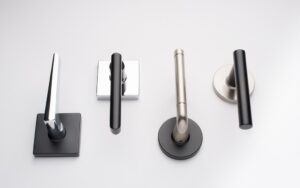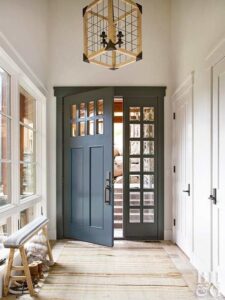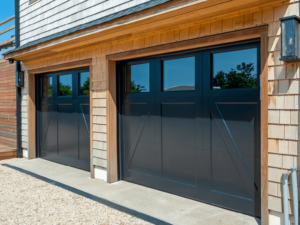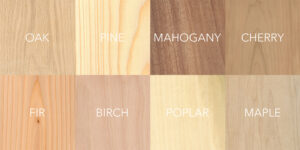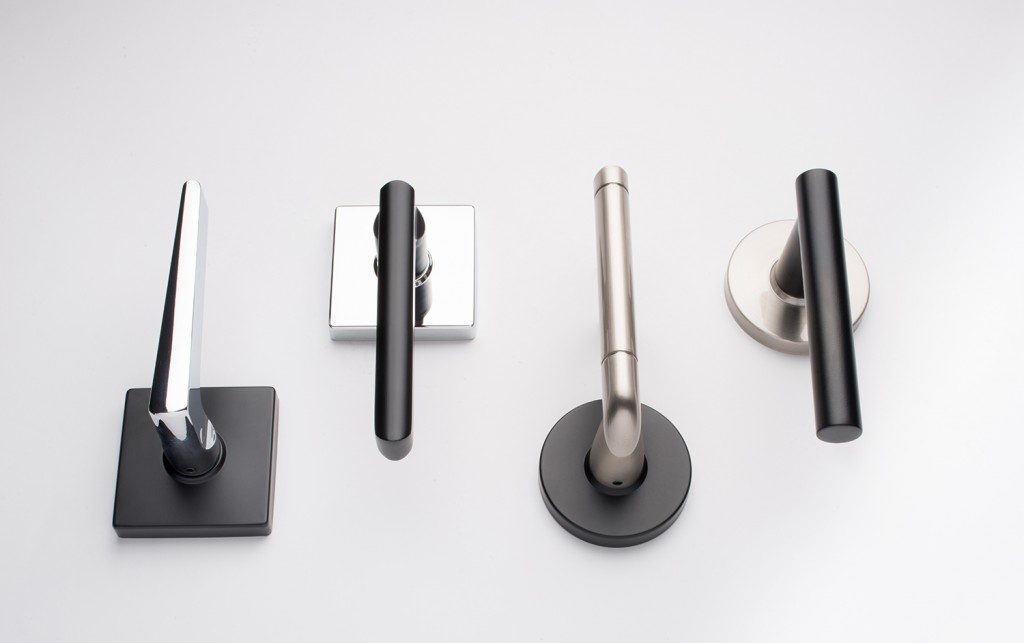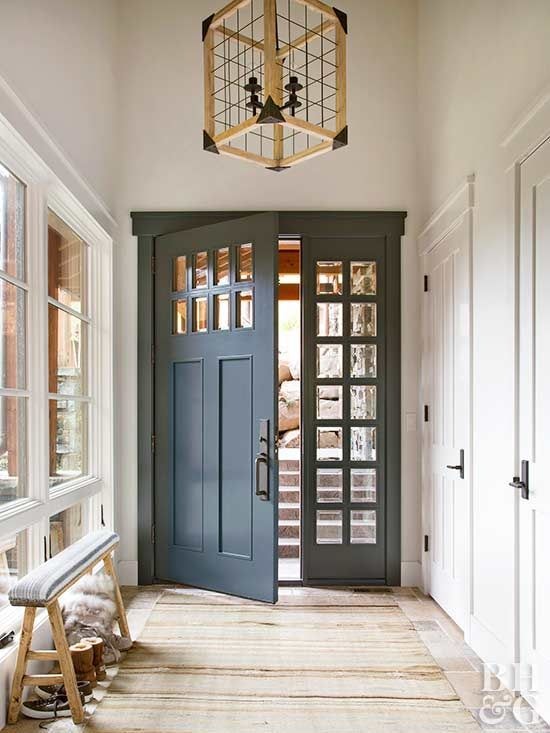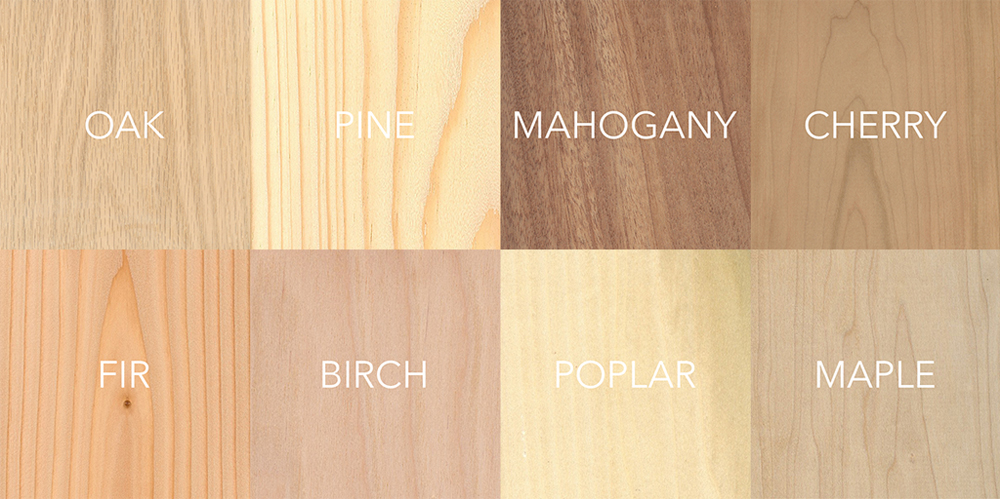
Best Materials for Interior Doors: A Guide to Style, Durability, and Functionality
Interior doors may seem like a small design element, but they have a significant impact on the look, feel, and function of your home. Choosing the right materials for your interior doors not only affects their aesthetic appeal but also their durability, soundproofing, and ease of maintenance. With a variety of materials available on the market, each offering distinct benefits, selecting the best option requires careful consideration of both design and practical needs. Whether you’re renovating your home or building from scratch, understanding the best materials for interior doors can help you make an informed choice that enhances your space.
1. Solid Wood: Classic and Timeless
Solid wood doors are one of the most popular choices for interior doors, offering a timeless appeal that fits both traditional and modern homes. Made from real wood, such as oak, maple, cherry, or pine, solid wood doors provide a rich, warm look with natural grain patterns that add character to any room. These doors are known for their strength and durability, making them ideal for high-traffic areas or rooms where sound insulation is important, such as bedrooms or home offices.
One of the primary benefits of solid wood doors is their weight and density, which provides excellent soundproofing and a premium, substantial feel. However, solid wood doors can be more expensive compared to other materials, and they may require periodic maintenance, such as refinishing or sealing, especially in humid climates where wood can warp or swell.
2. MDF (Medium-Density Fiberboard): Affordable and Versatile
MDF, or Medium-Density Fiberboard, is a composite material made from wood fibers and resin, offering an affordable and versatile alternative to solid wood. MDF doors are popular for their smooth, uniform surface, making them easy to paint or finish in a variety of colors and styles. Unlike solid wood, MDF doors do not have natural grain patterns, but they are resistant to warping, cracking, and expanding, making them a low-maintenance option.
MDF doors are particularly suited for modern or minimalist home designs due to their clean lines and ability to hold paint well. They are lighter and more affordable than solid wood doors, making them a cost-effective choice for interior spaces. However, MDF doors are not as durable as solid wood and may dent or scratch more easily, so they may not be ideal for areas with heavy use or where high durability is required.
3. Hollow Core: Lightweight and Budget-Friendly
Hollow core doors are constructed with a wooden frame and a honeycomb-like core made of cardboard or plastic, covered by a thin veneer of wood or MDF. These doors are lightweight, making them easy to install and handle, and they are one of the most budget-friendly options for interior doors. Hollow core doors are commonly used in bedrooms, closets, and other areas where soundproofing is not a primary concern.
While hollow core doors are cost-effective and practical, they offer minimal sound insulation and may feel less solid compared to heavier doors like those made of wood or MDF. They can also be more prone to damage, such as dents or punctures, and may not provide the same level of durability or long-term performance as solid-core alternatives.
4. Solid Core: Soundproof and Durable
Solid core doors are similar in construction to hollow core doors, but they have a solid, dense core made of wood fiber or particleboard, making them heavier and more soundproof. These doors offer the best of both worlds: the appearance of hollow core doors with the durability and sound insulation closer to that of solid wood doors. Solid core doors are often used in rooms where privacy and noise control are important, such as bedrooms, bathrooms, and home offices.
Because they are denser than hollow core doors, solid core doors feel more substantial and provide better acoustic insulation. They are also more durable and resistant to wear and tear, making them a good option for high-traffic areas. However, they are heavier and more expensive than hollow core doors, and installation may require more effort due to their weight.
5. Glass: Modern and Elegant
Glass doors, often framed with wood or metal, bring a modern and elegant touch to interior spaces. Full glass or partial glass panel doors are ideal for rooms where you want to allow natural light to flow between spaces, such as between a kitchen and dining area or a living room and hallway. Frosted or textured glass can provide privacy while maintaining the open, airy feel that glass doors offer.
Glass doors are typically used in modern or contemporary designs, where clean lines and transparency are key elements. However, while glass doors can create a visually stunning effect, they are not ideal for rooms that require full privacy or noise reduction. They can also be more fragile compared to other door materials and may require more maintenance to keep them clean and scratch-free.
6. Metal and Steel: Sleek and Industrial
Metal and steel doors are increasingly being used in modern interior design for their sleek, industrial look. These doors are often paired with glass panels to create a sophisticated, minimalist aesthetic that works well in lofts, modern homes, or spaces with an industrial vibe. Steel doors are extremely durable and offer excellent security, though they are more commonly used for exterior doors.
In interior spaces, metal-framed doors with glass inserts are popular for dividing rooms without losing light or openness. However, they tend to be more expensive and may feel out of place in more traditional or rustic home designs. Metal doors also tend to be cold to the touch, and their industrial appearance may not appeal to everyone.
Conclusion: Choosing the Right Material for Your Needs
When selecting the best material for your interior doors, it’s important to consider the function, aesthetics, and budget of each option. Solid wood offers timeless beauty and durability but may come at a higher cost. MDF and hollow core doors provide affordable and versatile solutions for low-traffic areas, while solid core doors offer a balance of soundproofing and durability for more functional spaces. For modern, open designs, glass and metal doors can add a touch of elegance and sophistication.
By carefully weighing the pros and cons of each material, you can choose interior doors that enhance both the style and functionality of your home.

